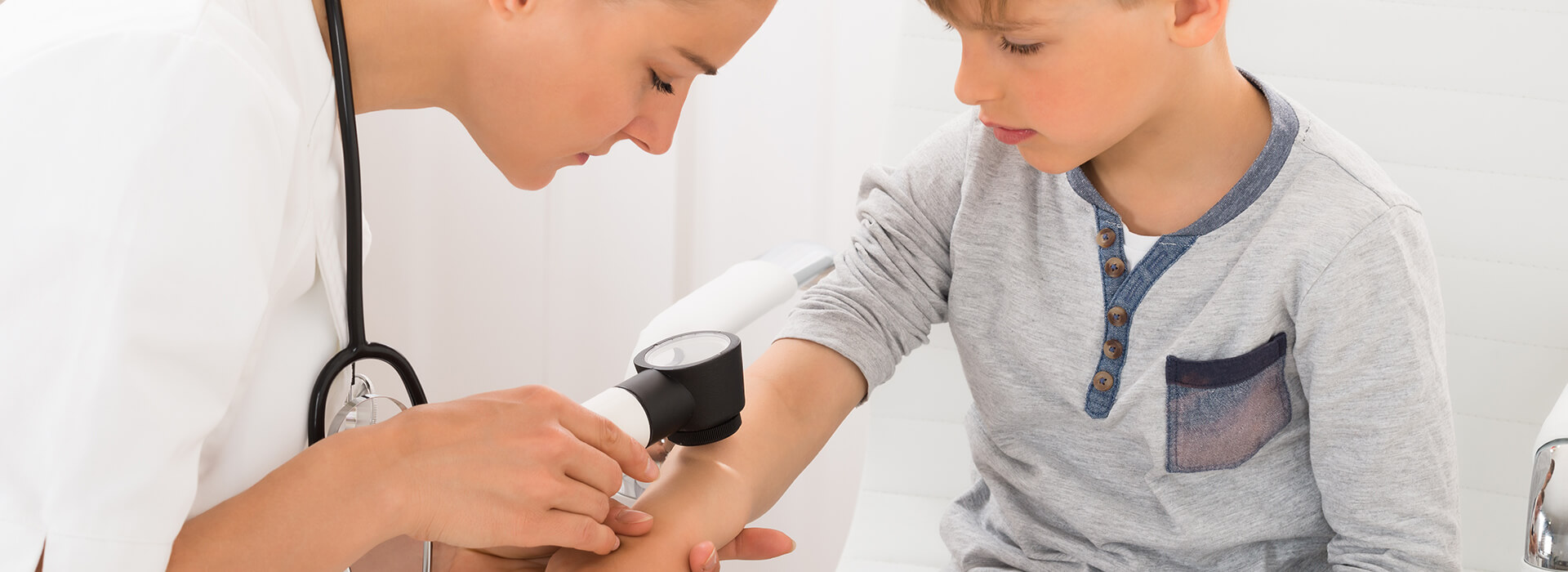Steps to minimise allergens in the bedroom:
- Use foam pillows or ones filled with polyethylene terephthalate (Terylene/Dacron) rather than feathers or other alternatives. Wash the pillows regularly.
- Use fuzz-free cotton or polyethylene terephthalate (Terylene/Dacron) sheets.
- Vacuum the mattress regularly, then cover it completely with a plastic sheet.
- Avoid having rugs, curtains and fabric-upholstered chairs. Linoleum or wood floors are better than carpets.
- Have the room cleaned with a damp dustcloth by a non-sufferer once or twice a week, and avoid going in for three to four hours afterwards.
- Do not store blankets, wool items or other dust-catchers in the bedroom cupboards, and always keep cupboard doors closed.
- The bedroom’s doors and windows should shut tightly and remain closed during dust storms or times of high pollen counts.
Steps to minimise allergens in the rest of the house:
- Ensure that your air-conditioners and humidifiers are cleaned regularly. Replace or wash filters monthly during periods of heavy use.
- Avoid using room sprays or deodorisers, especially those with strong scents.
- Leave the house when it is being cleaned.
- Wash damp areas, such as showers and window sills, regularly to discourage mould growth
- Don’t let anyone smoke anywhere in your home.
- Eliminate house plants as they attract dust and mould, and if possible, don’t keep pets indoors.
You may be trying to find answers to these questions, and you have come to the right place! Allergy immunotherapy is a treatment in which a patient is injected with small amounts of an allergen on a regular basis. The doses are slowly increased over time, causing the patient’s immune system to become less and less sensitive to the allergen. This type of therapy is also called “allergy shots.”
When people have allergies, their blood contains high levels of Immunoglobulin E (abbreviated IgE), an allergic antibody. IgE is activated by an allergen (ragweed, cat, dust mites, etc), and then binds itself to “mast” cells (cells involved in allergic reactions) that will then release histamine. Histamine is the chemical directly responsible for your allergy symptoms – sneezing, swelling, allergy cough, congestion, etc.







